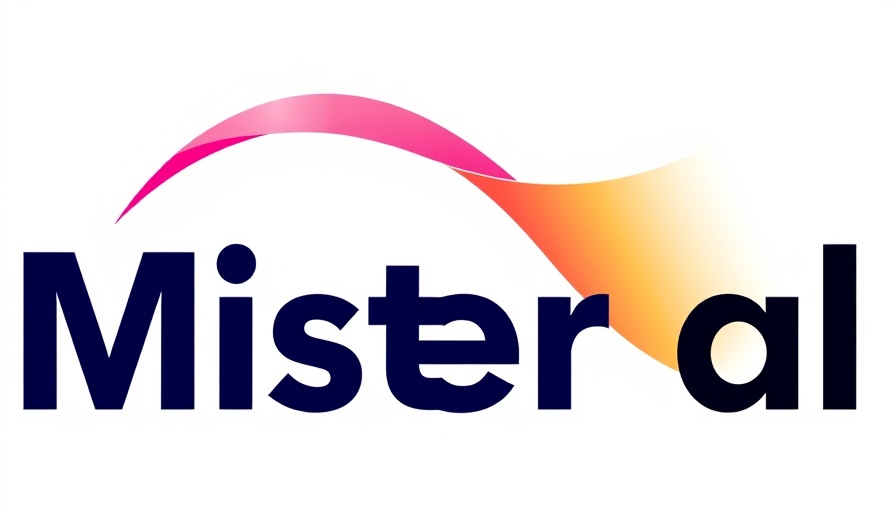
SEO Keyword: Mistral AI Competitor in the AI Ecosystem
Mistral AI stands at the forefront of innovation as it challenges established giants like OpenAI. This burgeoning French startup, founded in 2023, is gaining momentum through a commitment to open-source tools and its versatile assistant, Le Chat. In a domain often dominated by proprietary technologies, Mistral's focus on accessibility and sustainability presents a refreshing alternative, appealing significantly to business leaders and technology executives alike.
Innovative Functionality Reshaping User Engagement
What truly distinguishes Mistral AI is the broad array of functionalities offered by Le Chat. Within just two weeks of its launch, the assistant recorded over a million downloads, marking its swift acceptance among users. This feature-rich tool includes support for multilingual processing and advanced image editing capabilities. Such inclusivity democratizes AI technology, providing a user experience typically accessible only via higher-end models.
The User-Centric Approach: A New Era for AI Assistants
Mistral AI has identified and embraced an evolving user dynamic. Recent updates to Le Chat underscore a shift towards enhancing user experience through features like the ‘deep research’ mode and the 'Memories' functionality that retains context during interactions. By allowing groups to manage discussions and files, it intersects with collaborative platforms, suggesting a transformative role for AI tools in daily workflows.
Open Source: The Engine of Accelerated Innovation
The embrace of open-source development is a cornerstone of Mistral's strategy, diverging sharply from the proprietary models typically seen with competitors like OpenAI. This approach champions collaboration and transparency, not only fostering community around its products but also driving innovations that users can contribute to. Such a model ensures agility and responsiveness to user needs, maintaining a competitive edge in the evolving landscape.
Global Implications and Ethical AI Considerations
As Mistral AI stakes its claim in Europe’s tech scene, it navigates the complexities presented by evolving regulations and ethical considerations in AI usage. The European Union's expected implementation of stricter AI regulations represents both challenges and opportunities for Mistral. Its commitment to ethical practices and transparency positions it favorably to influence the future direction of AI technology at a global scale.
Vision for the Future: Mistral’s Expansion Plans
Eyes are set on the future as Mistral AI prepares to expand its offerings and venture into new markets. With anticipated funding potentially raising its valuation to $14 billion, investor confidence reflects a robust belief in Mistral's vision and operational reach. The emphasis on innovation, user experience, and a systematic approach suggests that Mistral is poised not only to compete but to redefine industry standards.
Conclusion: Why Mistral AI Matters
In a rapidly transforming technological landscape, Mistral AI exemplifies how fresh approaches can innovate and challenge existing paradigms. Its commitment to democratizing AI while ensuring sustainability resonates with the demands of modern business leaders. Mistral is not just a player in the field; it could very well be the architect of the future of AI.
As businesses increasingly integrate AI at scale, embracing a model like Mistral's may offer advantages that are harder to ignore. For CTOs and business leaders looking to stay ahead, observing Mistral's evolution could yield critical insights into the paths of future successful AI implementations.
 Add Row
Add Row  Add Element
Add Element 



Write A Comment